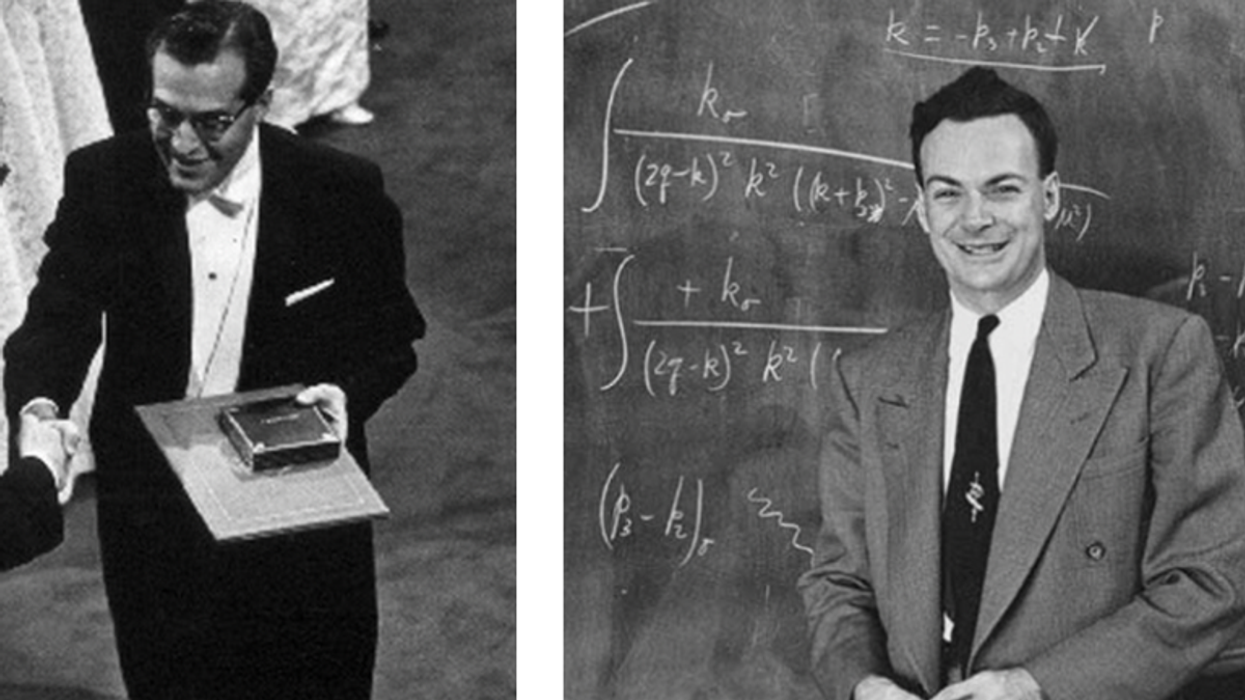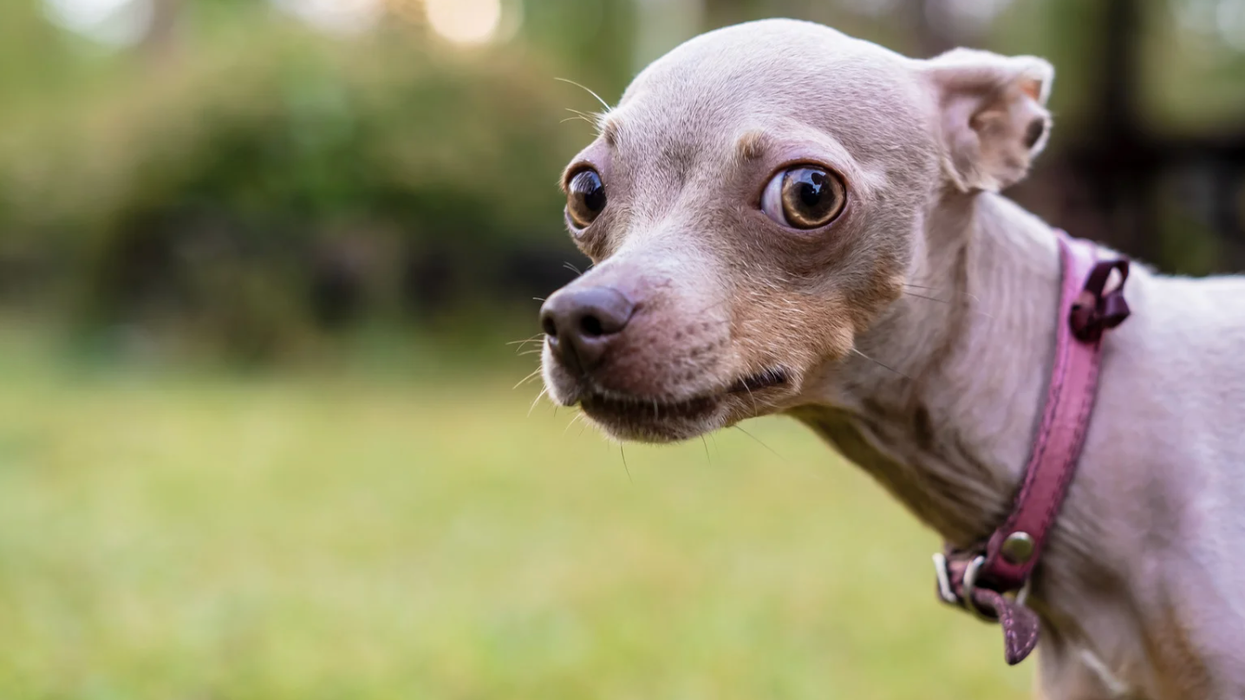The easy money for big banks is in thinking big: as in big loans and big investments. That usually means finding big rich customers. But add up a load of little guys, and that can be big money too, especially in a place like Mexico where about three in four adults still don't have a formal bank account.
That promise of potential profit is why Mexican banks are setting a global example in thinking small. First though, those poor customers have to want to deal with a bank. That means reinventing retail banking because it's not working well for the working poor right now.
Banking While Poor
“It takes me about two hours [to go to the bank],” mechanic Eduardo Ramos tells me (in Spanish) as we chat a few blocks from his house on a dusty side street of Chimalhuacan in Central Mexico. This working class city has the population about the size of Washington, D.C. and just two bank branches.
So, there’s always a line, Ramos says. “When you arrive there, it’s the only bank, and it’s filled with people.” Getting there requires a half hour bus ride that costs $1 each way. Popping by to withdraw a five spot is a laughable idea to him. There are about a dozen ATMs in the city, mostly from other banks, but after fees and travel costs, they're not worth it he says.
So he takes out almost all his money every pay day, kind of defeating the point of a savings account. He makes about $110 every two weeks and leaves around a $25 balance each time. "If you don’t leave something they cancel your card,” he says.
He pays his $70 in monthly bills at the bank too because he doesn’t have a checking account. Then he carefully makes the stressful journey straight back home when the thieves know he and his neighbors on the bus have pockets filled with two weeks’ pay in cash.
Underbanked
Ramos is underbanked. So are most Mexicans—and 18 percent of Americans! A bank account is a luxury good in Mexico, just 27 percent of adults there have a bank account, according to World Bank figures. Mexico is a huge country with 114 million people. So, there are 60 million adults without bank accounts. In other words, a big business opportunity.
“It’s not easy to bring [them] the services, the products,” says Loreto Garcia, Director of Financial Education at Banamex, Mexico’s second largest bank. “It’s very expensive.”
Building more bank branches is a bad investment. With customers like Ramos keeping balances in the double digits, it just doesn't justify the six or seven figure cost of construction and running more full branches. Nationwide only 8 percent of Mexicans took out a loan last year. It's an even bleaker calculation in rural areas. “So it’s not business going there,” Garcia laments. But, she has hope. “The cellular phone is going to be much more accessible.”
The Branchless Bank
Cell phones—including one crafty hack of an iPad—have big banks teaming up with tiny tech companies and creating a whole new ecosystem of affordable services. Mexico is becoming a proving ground for mobile banking for the poor. Adoption is slow, but the hints of possibility are here.
Garcia’s bank signed on to process transactions for a new startup, BaraRed, that wants to offer banking without the bank branch to customers in Chimalhuacan and other working class communities. The goal is to lower the banking costs enough to make it possible to offer services that meet the needs of most Mexicans by removing bankers and buildings.
BaraRed investor Alvaro Rodriquez imagines “a place where you can go and put the $5 into your account or take the $5 out of your account, or $3 or $1.”
His impact investing fund, Ignia Partners is betting that BaraRed can make big bucks out of pennies from the poor. BaraRed bolts an iPad down to a steel frame in a corner payphone booth. Local businesses like a pharmacy typically install these "casetas" for long distance calls. BaraRed will upgrade them from phone to bank portal by replacing the phone with an iPad connected to BanaMex's banking network.
The user taps a few buttons, enters a passcode, then a banking request, like 'withdraw 500 pesos,' or 'pay light bill.' A companion iPad behind the counter beeps and tells the pharmacist to give the customer 500 pesos from the register. The bank then reimburses the pharmacy.
The final product is something like an ATM, but way more convenient, and way cheaper. The cash is collected and doled out from the pharmacy cash register, which is already behind bullet proof glass and stocking enough cash for the small transactions the company expects.
Most transactions will cost about 30 U.S. cents, split between BaraRed and the storekeeper. That’s cheap enough that Ramos says he’d consider keeping a little extra money in the account and only taking it out if he needed it. The seeds of savings are often as simple as convenience and comfort.
Spreading the Innovation
“There’s a lot of business models” says Natasha Bajuk specialist at the Inter-American Development Bank’s Multi-Lateral Investment Fund. Technology is sparking experimentation. The startups and the banks need to have the technology, the staffing support and back end systems to securely transfer money to non-traditional bank substitutes, like that pharmacy. But more important than tech, she says, is presence on the ground, a slew of convenient places for the new customers to deposit or withdraw tiny amounts. “The key to any of this is also an agent network or ecosystem” she says.
A Mexican convenience story chain and telegram company have each signed on with big bank partners for similar programs.
The IDB’s Multi-Lateral Investment Fund has supported a micro-branch model for rural areas. “The idea is: you are supposed to be reaching the people who can’t reach a bank branch,” Bajuk says. Not just where it's expensive, but where it's hours and hours away and residents don't have cars. Even they can be brought into the system Bajuk hopes.
One Successful group, AMUCCS, has built a network of credit union-type mini-banks to serve rural indigenous populations. They train local indigenous officers who speak local languages to deliver the basic financial services. This is akin to credit unions in the U.S.
Cashless in a Good Way
Another affordable plan is to eliminate cash to create wealth. Mauricio Benavides is testing a special kind of charge card as a substitute for bank branches with his company, Rev Worldwide. “Even though they are little transactions when you multiply and add them up they become quite big,” he says.
Rev targets rural communities with a special debit card that syncs with mobile phones under a cell phone program for the poor called MiFon where even tiny transfers and payments can go through text messages, for a tiny fee of course.
“This becomes really interesting when you start adding all the transactions,” he says.
Money is kept in a real bank account in Barnorte, one of the nation’s leading banks, and a network of telegraph storefronts can be used to deposit or take out cash. What Benevides is banking on though, is keeping the bulk of the mini-transactions cashless. That lowers the cost of dealing with the tiny sums and, he predicts, allows the customers to keep more money in bank accounts and eventually build a credit history, take out loans, accumulate wealth.
Héctor Abrego, a Senior Vice President at Banorte, said in a statement: “MiFon will become Banorte’s key program to increase the penetration of banking services in our country. It will allow a large segment of Mexicans who still do not have access to financial services to get close to a bank for the very first time.”
Photos by Alex Goldmark. A companion radio piece can be heard on Marketplace.
















 Otis knew before they did.
Otis knew before they did.